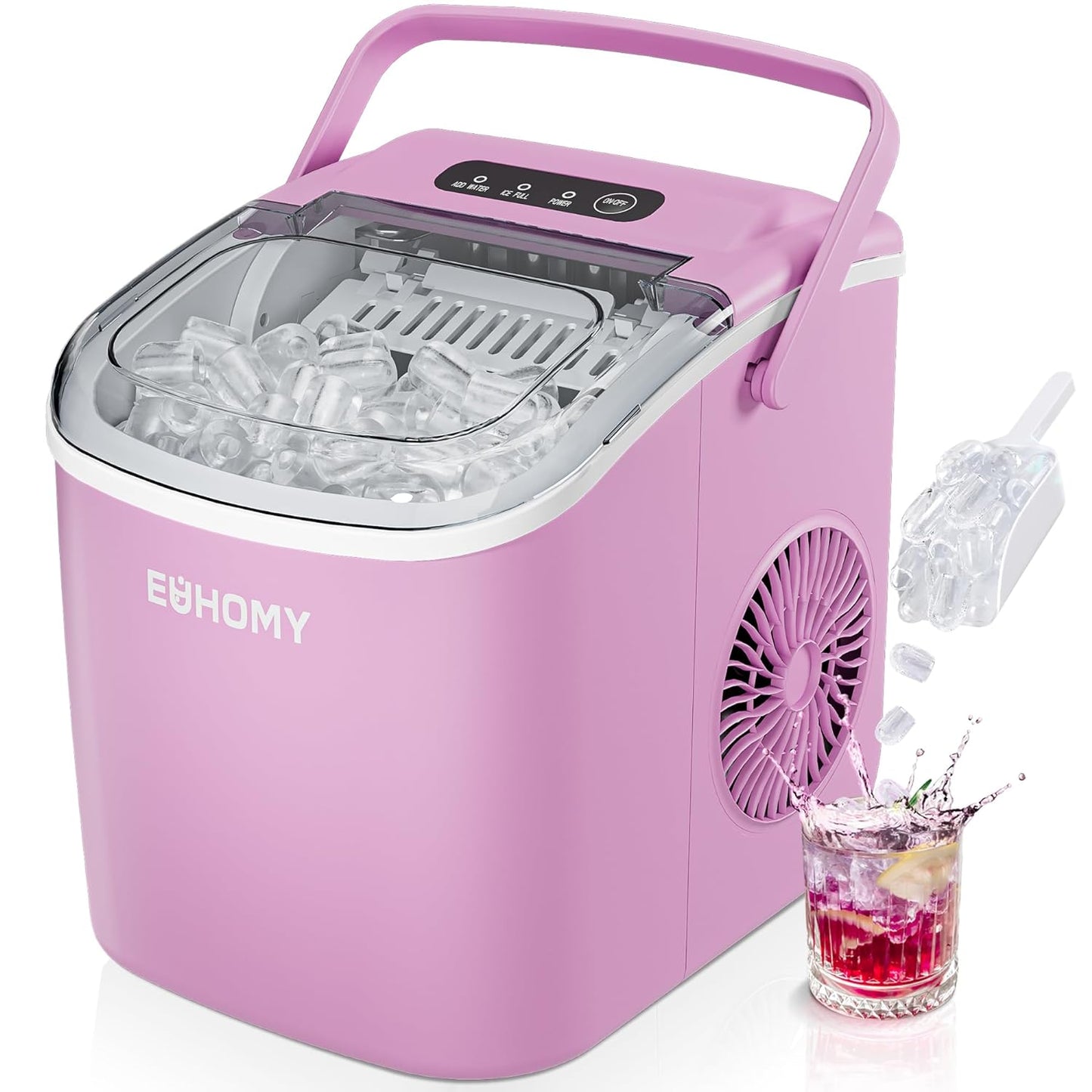Unlock the Secrets to Reviving Your Ice Maker: Troubleshooting Tips You Can't Miss!
Have you ever reached for a glass of water on a hot summer day, only to find that your ice maker has decided to take a holiday? It's a frustrating scenario that many homeowners encounter, and it can quickly turn refreshing drinks into lukewarm disappointments. Understanding why your ice maker is not making ice is crucial, not only for quenching your thirst but also for the overall functionality of your kitchen. In this article, we'll delve into the common reasons behind this malfunction and provide you with practical troubleshooting solutions that can help you get your ice maker back on track. Whether it's a simple fix or a more complex issue, we've got you covered with steps that will empower you to tackle the problem head-on.

Common Reasons Why Ice Makers Fail to Produce Ice
Ice makers can be temperamental machines, and understanding the root cause of their failure to produce ice is the first step in troubleshooting. Several factors can contribute to this problem, ranging from water supply issues to mechanical failures. One of the most common culprits is a lack of water supply, which can occur due to a blocked water line or a shut-off valve that isn’t fully opened. Additionally, incorrect temperature settings can significantly impact ice production. If the temperature is set too high, the ice maker may not function effectively. Finally, mechanical failures such as faulty motors or sensors can also hinder ice production. Each of these factors requires careful examination to identify the specific issue at hand.
Water Supply Problems
When it comes to ice production, a consistent water supply is essential. If your ice maker isn’t filling with water, it could be due to a blocked water line or a closed shut-off valve. Start by checking the shut-off valve located near the ice maker. Ensure it is fully open. Next, inspect the water line for kinks or blockages. If you notice any, carefully straighten the line or clear the blockage. If these steps don’t resolve the issue, consider examining the water filter, as a clogged filter can also impede water flow. Remember, a clear pathway for water is critical for ice production.
Temperature Settings
The temperature of your freezer plays a significant role in ice production. Most ice makers require a temperature of around 0°F to function efficiently. If your freezer is set too high, the ice maker may struggle to freeze water properly. To check the temperature, use an appliance thermometer placed in the freezer. If it’s above the recommended range, adjust the thermostat accordingly and wait for a few hours to see if ice production resumes. Sometimes, simply ensuring the freezer is cold enough can solve the problem.
Mechanical Failures
Mechanical issues can be trickier to diagnose but are just as important. Common problems include malfunctioning motors or sensors that fail to detect when to freeze the water. If you hear unusual noises coming from the ice maker or notice that the ice isn’t being ejected properly, it might be time to inspect the mechanical components. Check the user manual for guidance on how to access these parts safely. If you’re not comfortable doing this yourself, it might be best to consult a professional.
Step-by-Step Troubleshooting Guide
Now that we’ve identified some common issues, let’s walk through a structured troubleshooting guide. This step-by-step approach can help you diagnose and fix the most frequent problems with your ice maker. Follow these clear steps to get your ice maker back in action.
Checking the Water Supply
Begin by ensuring that the ice maker has a consistent and sufficient water supply. Start with the shut-off valve and confirm that it is open. Then, check the water line for any kinks or obstructions. If all appears well with the water supply, inspect the water filter. If it's clogged, replacing it could restore your ice maker's functionality.
Adjusting Temperature Settings
Next, check the temperature settings of your freezer. Use an appliance thermometer to ensure the freezer temperature is at the appropriate level (around 0°F). If adjustments are needed, do so and allow several hours for the temperature to stabilize before checking if ice production resumes.
Inspecting for Mechanical Issues
Finally, inspect your ice maker for any obvious mechanical issues. Listen for unusual sounds, and check for any visible damage to motors or sensors. If you're comfortable doing so, consult your user manual for guidance on troubleshooting mechanical components. Should you find a significant issue, it may be wise to call a professional for repairs.
When to Call a Professional
While many ice maker issues can be resolved with some basic troubleshooting, there are times when calling a professional is necessary. If you’ve followed all the steps and your ice maker is still not functioning, it could indicate a more complex problem that requires specialized tools and expertise. Additionally, if you encounter any electrical issues or if you’re unsure about performing repairs, it’s crucial to prioritize safety and seek help from a qualified technician. They can accurately diagnose the problem and ensure that your ice maker is repaired safely and effectively.
Essential Troubleshooting Overview
In summary, troubleshooting an ice maker that isn't making ice involves understanding common issues such as water supply problems, temperature settings, and mechanical failures. By following the troubleshooting tips and steps outlined in this article, you can often resolve the problem without needing to call a technician. Remember, regular maintenance and checks can help keep your ice maker in good working condition, ensuring you have a steady supply of ice when you need it most. Don’t let a malfunctioning ice maker disrupt your summer vibes—take action and keep those drinks cold!



